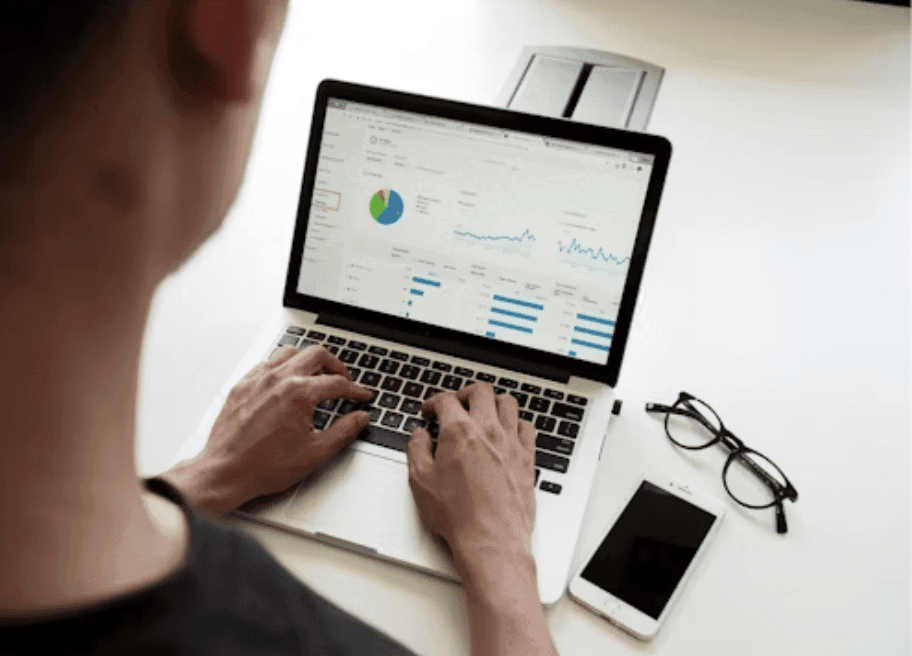The health of your business will determine its ability to achieve its goals and sustain long-term success. To remain competitive and perform at its best, key financial indicators can provide you with insights into the profitability, efficiency, and state of your business. These indicators are essential for identifying areas of improvement and ensuring your operations are running optimally.
By monitoring these indicators, your business can ensure it not only flourishes during prosperous times but also has enough reserves to weather leaner times. In this article, we will explore five financial indicators that will give you a clear picture of your business’s financial well-being and guide it toward sustainable success.
Gross Profit Margin
Gross profit margin reveals how efficiently your business produces and sells its goods or services. It represents the percentage of revenue remaining after deducting the cost of goods sold (COGS), including expenses such as materials, labor, and manufacturing. The formula is:
Gross Profit Margin = (Revenue – COGS) / Revenue × 100
A higher gross profit margin indicates greater operational efficiency as it means your business keeps more of its revenue after covering the cost of producing goods or services.
Net Profit Margin
Net profit margin is another key metric for evaluating your business’s overall profitability. It measures the percentage of revenue left as profit after expenses such as operating costs, taxes, and interest are deducted. The formula is:
Net Profit Margin = Net Profit / Total Revenue × 100
A strong net profit margin reveals that your business efficiently manages its costs and makes healthy profits from its revenue. Conversely, a low margin highlights the need to reduce your expenses or boost revenue.
Debt-to-Equity (D/E) Ratio
The D/E ratio indicates the extent to which your business relies on borrowed funds versus its own resources. The formula is:
DE Ratio = Total Liabilities / Shareholder Equity
A high DE ratio can signal financial risk, as excessive reliance on debt can lead to challenges in meeting interest payments and make your business more vulnerable to economic fluctuations.
If you would like assistance in this area, Bailey Ahmad can advise you on tailored commercial finance options for your business.
Cash Flow Ratio
The cash flow ratio measures your company’s liquidity and its ability to meet short-term financial obligations. By assessing the inflow and outflow of cash, this metric ensures your business can cover its day-to-day expenses, including payroll, utilities, and loan repayments. The formula is:
Cash Flow Ratio = Operating Cash Flow / Current Liabilities
A higher ratio indicates healthy liquidity, whereas a lower ratio can flag potential cash flow issues.
Return on Investment (ROI)
ROI measures the efficiency and profitability of an investment by comparing its return to its cost. It is key in decision-making for new projects, purchases or initiatives. The formula is:
ROI = Net Profit / Cost of Investment × 100
An ROI above 0% signifies an investment is profitable, while an ROI below 0% means it has lost money.
By tracking these five financial indicators, your business can gain a clear understanding of its financial health, identify opportunities for improvement, and position itself for long-term success.

Great insights! These financial indicators are essential for business growth and sustainability. For freshers aiming to join such financially sound companies, platforms like Salarite offer excellent opportunities to find private jobs in Jaipur for freshers. Stay informed and make smarter career choices!